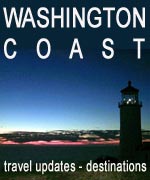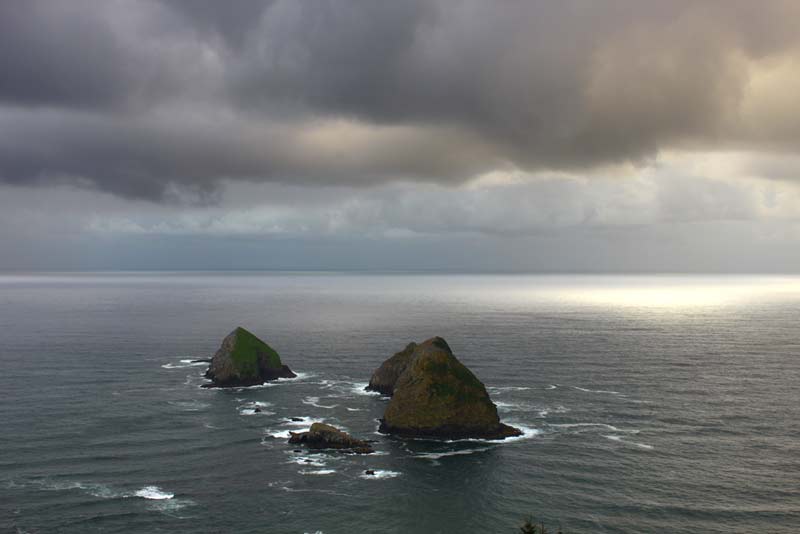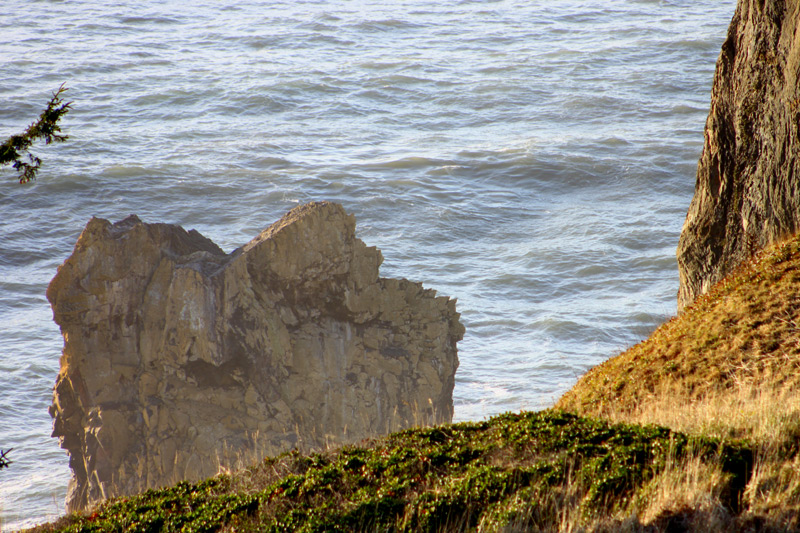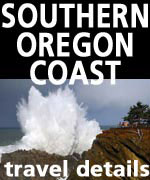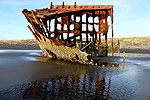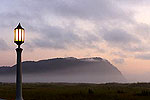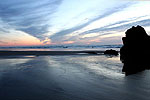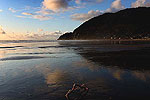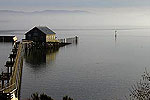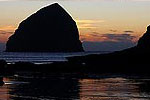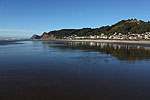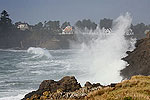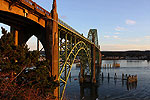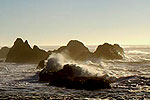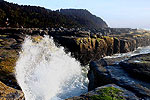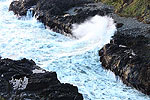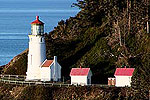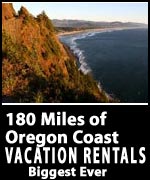Weirdest Science: Possible 'Ocean' Beneath the Oregon Coast, North America
Published 05/04/21 at 5:25 AM PDT
By Oregon Coast Beach Connection staff
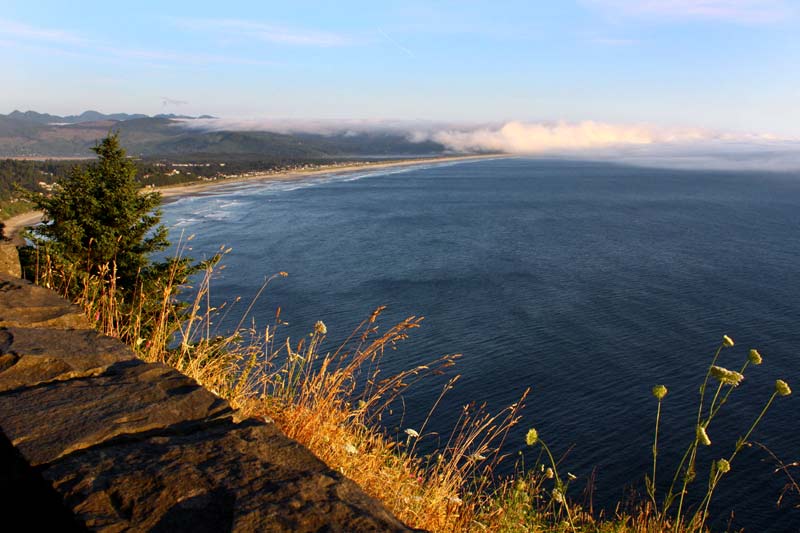
(Portland, Oregon) – The discovery is several years old now, but here's a weird, weird thought: there really could be a kind of "ocean" far beneath Oregon and the Pacific coastline. In fact, there's a lot of solid evidence this very different form of water exists within the Earth, perhaps some 400 miles below everything.
Includes exclusive listings; some specials in winter
In Cannon Beach:
Includes rentals not listed anywhere else
In Manzanita, Wheeler, Rockaway Beach:
Some specials for winter
In Pacific City, Oceanside:
Some specials for winter
In Lincoln City:
Some specials for winter
In Depoe Bay, Gleneden Beach:
Some specials for winter
In Newport:
Look for some specials
In Waldport
Some specials for winter
In Yachats, Florence
Some specials for winter
Southern Oregon Coast Hotels / Lodgings
Reedsport to Brookings, places to stay; winter deals
The mind-bending discovery arrived on the scene back in 2014 from Northwestern University geophysicist Steve Jacobsen and University of New Mexico seismologist Brandon Schmandt.
However, before you invoke Jules Verne and start thinking about a surfing expedition to the center of the Earth, this is not a body of water in the normal sense. Jacobsen and Schmandt are talking about a section of the Earth's crust where pressures are so high water does not exist in the usual forms we are familiar with, like liquid, ice or vapor.
Rather, it's where water is bound together with rock on a molecular level - layers they discovered evidence of underneath North America. That could well include the Oregon / Washington coastlines and the Pacific itself. It's actually a theory that geologists have had since the ‘80s, that there exists a rocky layer of the Earth's mantle some 250 miles to 410 miles below where water is trapped by the intensely high pressures of such depths.
“The weight of 250 miles of solid rock creates such high pressure, along with temperatures above 2,000 degrees Fahrenheit, that a water molecule splits to form a hydroxyl radical (OH), which can be bound into a mineral's crystal structure,” Jacobsen and Schmandt wrote back in 2014.
Jacobsen and Schmandt were the first to provide direct evidence of this layer of liquid, which appeared in a 2014 issue of the journal Science.
They said the amount of water is likely enormous – possibly three times the amount of H2O in the planet's oceans.
Schmandt used seismic wave equipment from the USArray (part of EarthScope), analyzing the waves from earthquakes to investigate the structure of the deep crust and mantle. Jacobsen tested the geologic processes in the lab. The two discovered strong evidence on both sides of their investigation methods that matched each other.
It's a process that often include subduction, where plates are folding underneath one another. Water is getting cycled downwards, squeezed into this fourth form of liquid – not dissimilar to the ancient and crushing processes that essentially built layers upon layers of the rock formations we know on the southern Oregon coast, starting as far back as 250 million years ago.
“The water cycle involves more than just the water that circulates between the atmosphere, oceans, and surface waters,” said the journal Science, describing the findings. “It extends deep into Earth's interior as the oceanic crust subducts, or slides, under adjoining plates of crust and sinks into the mantle, carrying water with it.”
This find also sheds more light on the formation of the planet itself. All of this is further evidence for the theory that the oceans formed from beneath the planet and not from icy comets.
Yet another startling idea comes from their discoveries as well, with some impact on Oregon's coastline geology.
Jacobsen also theorized this layer of trapped water may help explain why oceans stay the same for millions of years at a time. With so much water present on the Earth, if some of it wasn't trapped beneath the surface, the oceans would be high enough to leave only mountaintops poking out of the seas. (See the original press release)
MORE COASTAL PHOTOS BELOW
Oregon Coast Hotels in this area - South Coast Hotels - Where to eat - Maps - Virtual Tours
Cannon Beach Lodging
Nehalem Bay Lodgings
Manzanita Hotels, Lodging
Three Capes Lodging
Pacific City Hotels, Lodging
Lincoln City Lodging
Depoe Bay Lodging
Newport Lodging
Waldport Lodging
Yachats Lodging
Oregon Coast Vacation Rentals
Oregon Coast Lodging Specials
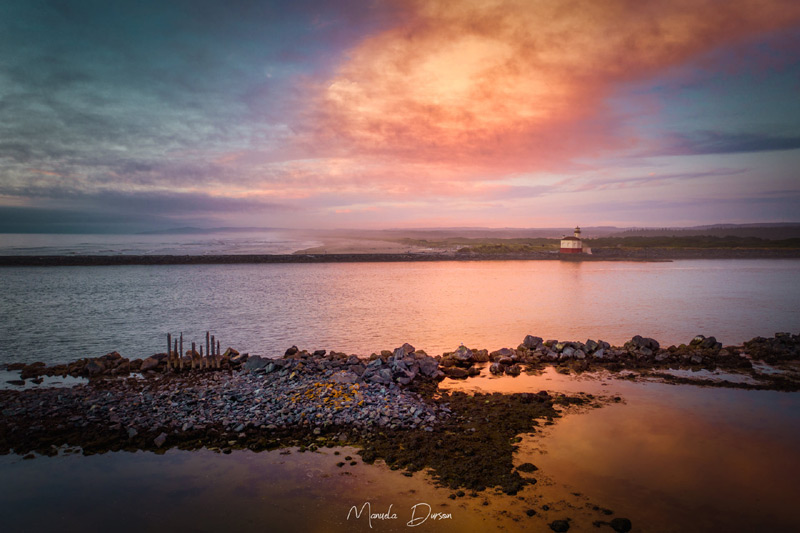
Bandon photo courtesy Manuela Durson
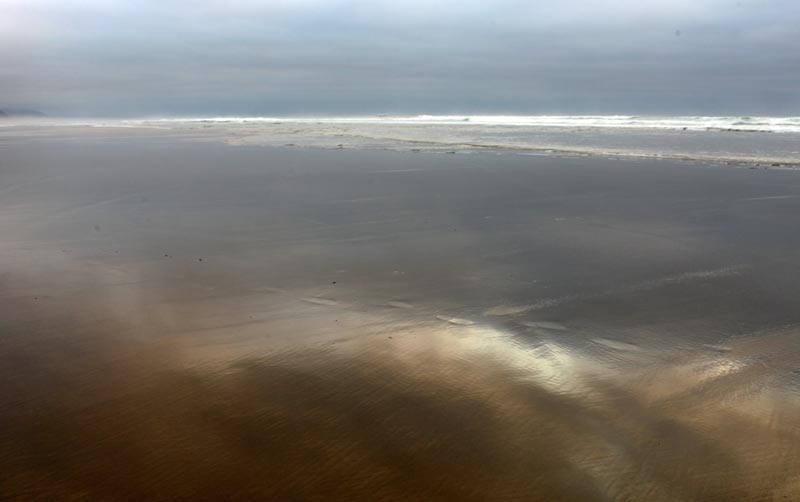
More About Oregon Coast hotels, lodging.....
More About Oregon Coast Restaurants, Dining.....
LATEST Related Oregon Coast Articles
A curious weather phenomenon that happens more out here
Curb, Road Construction Resumes in Lincoln City as Oregon Coast Season Begins...
Crews return Sept 15 with some dust and small delays. Traffi
NASA Announces First Evidence of Life on Mars in Possible Biosignature
In a former riverbed billions of years old, they found spots with interesting compounds. Astronomy
Portland, Oregon - Beaverton, Oregon Weather and Alerts | Current Conditions,...
Current weather conditions and alerts for Portland and Beaverton
Oregon Coast Scenic Railroad's Fame Engine Turns 100 Years Old with Special Runs
Sept 20 and 21 various special rides. Garibaldi events, Rockaway Beach events, Wheeler events
South Oregon Coast Goes Interstellar: Coos Bay's Sunset Bay Astronomy Fest Se...
Shore Acres State Park gets spacey. Coos Bay events
Swarm of 12 Quakes Fire Off 100 Miles from South Oregon Coast
After the initial 5.8, ranging in magnitude from 2.7 to 5.1: Coos Bay, Port Orford, Bandon, Gold Beach. Geology, weather
SOLVE Cleanup Happens Along Oregon Coast, Inland Sept 20 Through 28
SOLVE is inviting volunteers to take part. Brookings events, Gold Beach events, Port Orford events, Coos Bay events, Bandon events, Florence events, Yachats events, Newport events, Lincoln City events, Rockaway Beach events, Manzanita events, Cannon Beach events, Seaside events, Astoria events
Back to Oregon Coast
Contact Advertise on BeachConnection.net
All Content, unless otherwise attributed, copyright BeachConnection.net Unauthorized use or publication is not permitted





